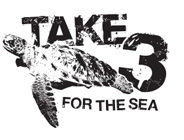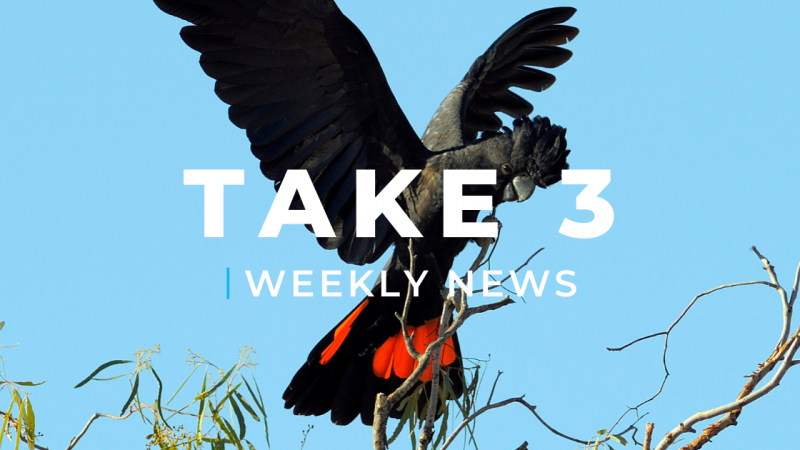1. FACE MASKS WASH UP ON CENTRAL COAST BEACHES, NSW
A cargo ship bound for Melbourne has lost 40 shipping containers while navigating rough seas on Sunday 24 May 2020. The containers carrying surgical face masks, household appliances and building materials have been washing up on Central Coast beaches over the last 24 hours.
The Australian Maritime Safety Authority (AMSA) confirmed that the cargo ship APL England lost the containers 73 kilometres south-east of Sydney. The major southerly swell that’s been lashing the NSW east coast has carried the marine debris north and littered it along the shores of NSW coastal communities.
“These types of accidents are devastating, not only for the loss of valuable safety equipment at a time when we need them most, but for the impacts that these pollutants will now have on the environment,” said Sarah Beard, Take 3 CEO.
Read the full story here.
2. GLOSSY BLACK COCKATOO CHICKS HATCH IN FIRE-AFFECTED HABITAT, KANGAROO ISLAND
23 glossy black cockatoo chicks were found within fire effected areas on Kangaroo Island, restoring hope that the endangered population will bounce back after the bushfires in January 2020.
Natural Resources Kangaroo Island discovered 23 chicks among the burnt landscape. With the help of artificial nests and protection from predators, conservationists are hopeful that the population will be sustainable.
“We’re hopeful that the parents of these birds can find enough food to sustain these chicks and hopefully we’ll see them fledging and leaving the nest sometime in the future,” said Darren Glover from WWF Australia to ABC.
Pre-bushfire numbers estimated a total of 370 glossy black cockatoos on the island, with 75% living within the 210,000-hectare area that was affected by the fires. Approximately 54% of sheoak woodland – the species main food source – has been burnt, according to a statement by Natural Resources Kangaroo Island.
“It’s fantastic to see these cockatoo chicks emerging from the ashes of the bushfires, but they now face new challenges going forward and there’s lots of work for us to do,” said Mr. Glover to Australian Geographic.

3. NEW RESEARCH SUGGESTS 125 TRILLION PIECES OF MICROPLASTICS IN OUR OCEANS
According to a new study published in the journal Environmental Pollution, the abundance of microplastics within the ocean has previously been severely underestimated, with the new research suggesting as high as 125 trillion pieces polluting the marine environment.
Researchers from Plymouth Marine Laboratory, England, undertook the research using nets of different mesh sizes: nets used in traditional sampling with mesh of 333 and 500 micrometres, and finer 100 micrometre mesh nets which would presumably catch much smaller pieces of plastic.
“Typically, scientists use specialized nets to sieve out microplastics from the sea surface. Normally these nets are quite coarse so they don’t get clogged up with microscopic plants and animals that live in the sea, but it also means they’re unable to sieve out the very smallest plastics that are present,” said co-lead author of the study, Matthew Cole, according to Newsweek.
The results showed that the sampling using the fine mesh nets collected 10-fold more microplastic concentrations – up to 3,700 microplastic pieces per cubic metre. This suggests that past research has not provided accurate estimates.
“Our results, based on sampling in the U.K. and U.S., suggests we are underestimating the really small pieces of plastic in the marine environment. We suggest microplastic concentrations could exceed 3,700 microplastics per cubic meter, that’s far more than the number of, say, zooplankton you would find in a meter cubed of water,” said lead author of the Plymouth Marine Laboratory, Pennie Lindeque, to Newsweek.




